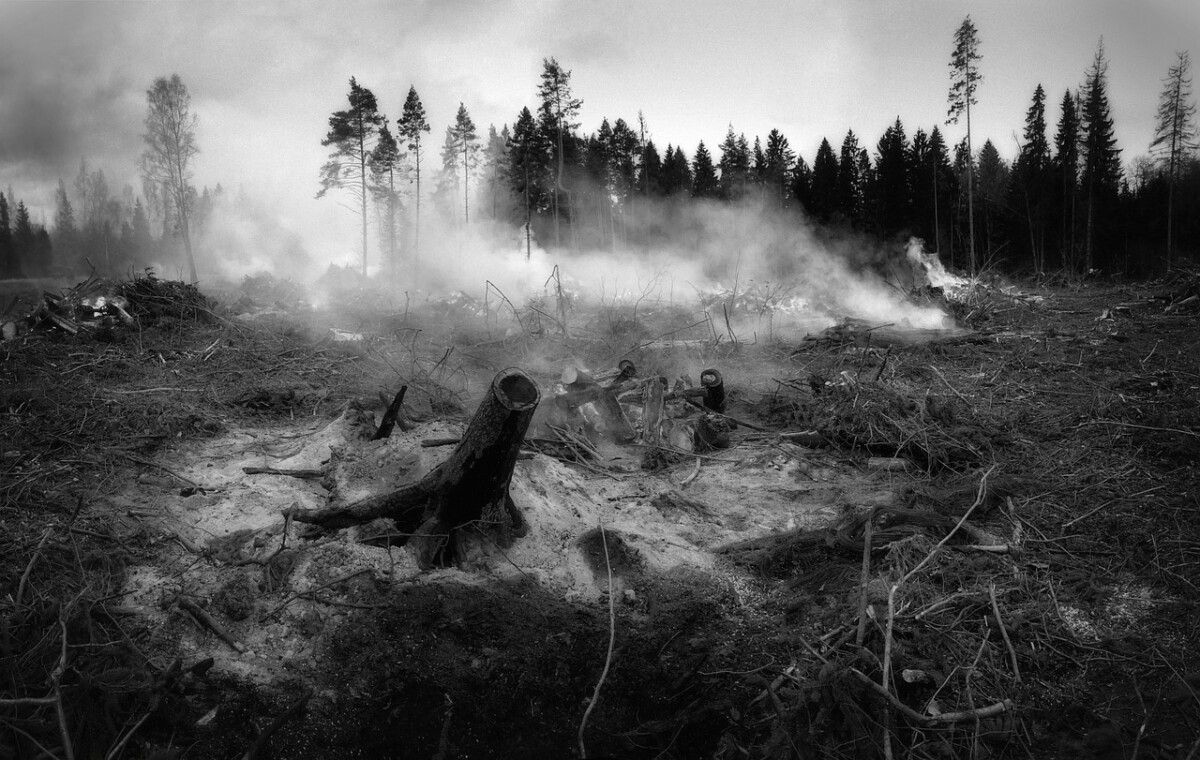
A Smoldering Start to the Year (Image Credits: Pixabay)
Los Angeles – Amid the dry chaparral of Topanga State Park, where embers can linger like forgotten secrets, a recently surfaced document is stirring fresh debate over why a small brushfire refused to die out completely.
A Smoldering Start to the Year
Imagine kicking off 2025 with what seemed like a routine call: a modest eight-acre blaze in the rugged terrain near Temescal Ridge Trail. The Lachman fire ignited on January 1, drawing quick response from Los Angeles Fire Department crews. Yet, as winds howled and temperatures dropped, questions arose about whether every tool in the toolbox was used to snuff it out for good.
Firefighters on the scene reported hot spots and smoking ground even after initial suppression. Their concerns, voiced early on, highlighted a tension between urgent action and established protocols. This wasn’t just any patch of land; it sat within a protected state park, bound by specific management rules that could limit aggressive tactics.
Now, with the Palisades fire’s devastating spread traced back to this very spot, those early decisions are under intense scrutiny. The fire that reignited on January 7 scorched thousands of acres and homes, turning a minor incident into one of LA’s worst wildfires in years.
The Wildfire Management Plan in the Spotlight
At the heart of the controversy lies the Topanga State Park Wildfire Management Plan, a blueprint designed to balance fire suppression with environmental preservation. This document outlines guidelines that require consultation with park representatives before certain operations, like heavy machinery use or deep soil disturbance. It’s meant to protect sensitive habitats, but critics wonder if it slowed down the mop-up phase.
Details from the plan suggest restrictions on activities in “no-disturbance zones,” areas teeming with rare plants and wildlife corridors. Fire suppression efforts, while allowed, often need approval from a resource advisor or agency official. In the rush of the moment, did these steps create delays that let heat pockets survive?
State Parks officials maintain they never blocked firefighters outright, emphasizing cooperation during the response. Still, the plan’s language has fueled speculation, especially as lawsuits pile up from Palisades victims blaming incomplete extinguishment.
Firefighters’ Frustrations on the Ground
Accounts from LAFD personnel paint a picture of boots-on-the-ground challenges. Crews arrived ready to dig lines and douse hotspots, only to navigate layers of oversight. One battalion chief reportedly pulled teams back on January 2, despite visible smoke and heat, citing the all-clear from higher-ups.
Internal complaints reached department leaders early, yet public statements downplayed any issues at the time. This disconnect has eroded trust, with some insiders feeling their warnings fell on deaf ears. The after-action report on the Palisades fire barely touched on the Lachman mop-up, leaving gaps that this new document aims to fill.
Today, as investigations continue, those firsthand stories underscore a broader dilemma: how to extinguish fires without unintentionally harming the ecosystems they’re meant to protect.
Connections to the Bigger Blaze
The thread linking Lachman to Palisades is as clear as the scorched earth it left behind. Red flag warnings for high winds on January 7 fanned rekindled embers into an unstoppable force, destroying over 5,000 structures and displacing thousands. Class-action suits argue state park reps denied tools like dozers, citing protected species such as the milkvetch plant.
However, agency spokespeople counter that no such denials occurred, pointing to joint efforts with LAFD. The debate hinges on interpretation: were guidelines followed too rigidly, or did miscommunication play a role? Either way, the human cost has amplified calls for clearer protocols.
- January 1: Lachman fire sparks and is initially contained.
- January 2: Mop-up halts amid complaints of ongoing heat.
- January 7: Winds reignite the site, birthing the Palisades fire.
- November 2025: New document surfaces, reigniting questions.
- Ongoing: Probes by city officials and lawsuits proceed.
Lessons for Future Fire Seasons
California’s fire-prone landscape demands smarter strategies, and this episode highlights the need for streamlined coordination between fire agencies and land managers. Proposals floating around include pre-approved emergency protocols for state parks, allowing faster access to heavy equipment during critical windows.
Experts like those from the California Department of Forestry and Fire Protection stress training on these plans to avoid hesitation. With climate change ramping up fire risks, blending preservation with rapid response could be key to preventing repeats.
Mayor Karen Bass has ordered a full review, signaling a push for accountability. As details unfold, the focus shifts to rebuilding stronger, not just physically but in how we prepare for nature’s fury.
Looking Ahead Amid the Ashes
Wrapping up, this unfolding story reminds us that even small oversights in fire management can cascade into catastrophe. The real takeaway? Proactive dialogue between protectors of land and lives might just save both next time.
Key Takeaways:
- Park management plans aim to safeguard ecosystems but may complicate urgent fire ops.
- Early firefighter alerts were known internally, yet not fully addressed publicly.
- Investigations could lead to updated rules for quicker, safer responses.
What steps do you think should be taken to avoid future mishaps like this? Share your thoughts in the comments.








